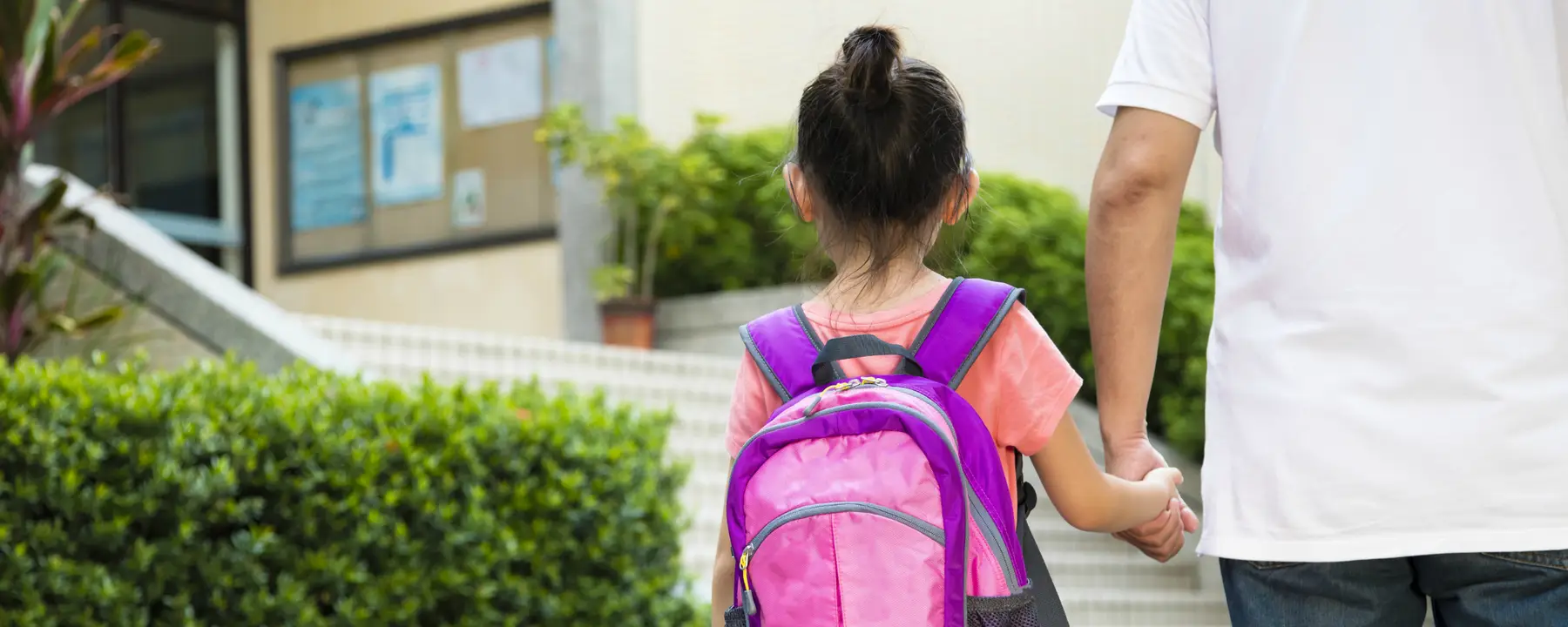Helping schools prevent and respond to incidents of violence
Since the 1999 tragedy at Columbine High School, hundreds of American children have been killed or injured in school shootings. More than 150,000 students from 170 schools have experienced an on-campus shooting during primary or secondary school. And millions of Americans now share feelings of worry and fear as they come to view schools as vulnerable targets instead of safe havens for children and teachers.
School shooting incidents vary in location, number of victims, and the intensity of publicity they receive. But one thing is certain. These devastating events, once grim historical milestones, have grown into lurking threats that must be addressed.
Building on our history of work that improves the effectiveness of schools and the justice system, RTI is engaged in several efforts to improve safety through a better understanding of violence and mental health, and the best methods of preparedness, prevention, and response to violent incidents.
In 2017, we launched two studies of school safety for the National Institute of Justice. One is a national study of how federal, state, and district guidelines help schools and school systems prepare for violent emergencies. The second involves evaluating perceptions of safety over time as a large school district carries out a variety of programs to help middle-school students make positive behavior changes.
Nationwide and In-Depth Investigations of School Preparedness and Perceptions of Safety
One component of our national study is a survey that aims to understand the emergency resources that districts make available to their schools—for example, guidance on how schools should tailor emergency operations plans to their specific needs and characteristics.
Since 2013, the U.S. Department of Education, in collaboration with several other federal agencies, has provided guidelines and recommendations to schools and school districts to help them prepare for emergencies. Our analysis will determine to what extent schools follow these and other nationally recognized guidelines. Most importantly, the survey aims to find out whether school districts use these resources to make specific recommendations (or requirements) for schools to follow in developing their emergency plans and preparing their school communities for a violent emergency.
This line of research began with a review of state education websites in which we analyzed the safety and preparedness resources available to schools within each state. Next, we invited all 13,000 school districts in the country to participate in a survey about the specific guidelines they provide to schools for emergency preparedness. Using results from the survey, we will identify districts with strong emergency preparedness programs that include schools whose plans can be used as models for the nation. Through interviews with the emergency planning teams at these schools, we will gather information about best practices for emergency preparedness and lessons learned by schools with varying characteristics, including region of the country, locale, and size.
While the preparedness study will provide information on how districts of different sizes and locations prepare for emergencies, another of our projects provides an in-depth look at a specific urban school system that is working toward change.
Shelby County, Tennessee, which includes Memphis, is the largest school district in the state and the 22nd-largest in the country. Education leaders there recognize that in their district, like many in the United States, being suspended or expelled puts students at greater risk of becoming involved in risky behaviors, like drugs and violence. The district is looking to adopt new practices to prevent violence and keep students safe and engaged in school.
Our Shelby County study began in August 2017. We surveyed middle-school students and staff to learn about how safe they feel in and around their school, and whether they are aware of violence and gang activity in their school and surrounding communities.
Over the next four years, we will follow 24 middle schools, which have been randomly selected to implement different safety strategies designed to reduce student suspension and problem behaviors, prevent them from joining gangs, and create an environment where students feel safe in school as well as on the routes they take to and from school. We will look to see whether students and staff feel safer as these programs progress.
Forming Plans of Action for a Safer Future
Violence in schools, sadly, shows few signs of slowing. The February 2018 mass shooting at Marjory Stoneman Douglas High School in Parkland, Florida—which happened shortly after our national survey began—roused many in the nation to action. Thousands of students have taken to the streets to demand new policies from elected officials. Americans face a sobering reality—and a need for both immediate and long-term planning.
School safety is vital to the functioning of society. We are searching for programs and practices that help schools foster positive growth for students, staff, and communities. And we are learning about the best ways to respond when schools are targeted and where resources may be needed most. For example, early findings from our national survey indicate that districts located in cities and those with the largest enrollments (2,500 or more students) experience considerably more violent emergencies compared to other districts. Although much work remains to be done, we believe our studies will yield knowledge essential to a safer, more secure future for the next generation and beyond.
- National Institute of Justice (NIJ)


